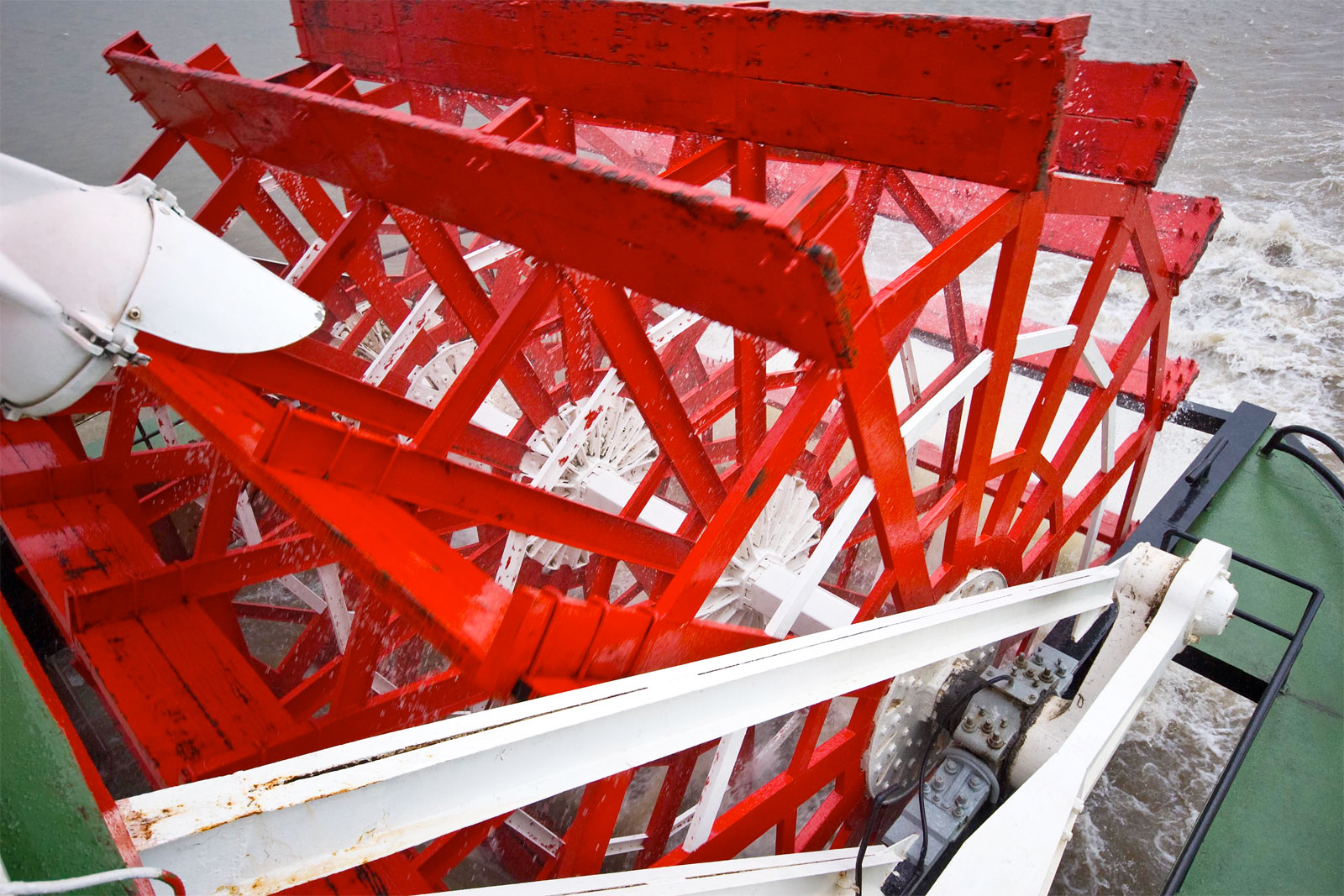
Timeless
Beauty is not caused. It is.
Henry Dreyfuss was not a conventional industrial designer. While most of his colleagues merely created flashy cases or cute containers for products that were already completed, Henry automatically rejected a job if he didn’t have absolute control over it. If he couldn’t sit down to work with the engineers, he wasn’t interested in the project.
In 1940, Henry was having a relaxed chat with Harold W. Sweatt one of his best clients and friends. Harold had inherited two things from his father: the idea of turning home thermostats into a profitable business, and the post as president of the Minneapolis-Honeywell Regulator Company. Harold asked Henry to design a radical new thermostat. Dreyfuss grabbed a napkin, drew a perfect circle, and said: “Here. Go ahead and make something of it”. The idea of the iconic thermostat “The Round” was born. Thanks to this design, for the next 50 years, Honeywell began a period of global growth that turned it into a leader in the technology sector.

Honeywell round thermostat. Source: Wikipedia
To Dreyfuss, designers should play a twofold role. He considered himself a member of the company he worked with as well as an outsider—sitting down with engineers, executives, etc. to listen to their ideas, analyze them and finally visualize a concept he could apply a strict methodology to: Analysis, Sketching, Modeling, Presentation & Critique. These five pillars formed part of an iterative process with which Dreyfuss sought to find the simplest solution, eliminating, in the process, the most superficial decorations and focusing on making significant decisions for the product.
Up until that time, all thermostats had been rectangular. Dreyfuss had observed that once they were installed, most of them became crooked. A round device would solve this problem. With a flick of the wrist, Dreyfuss simplified how temperatures are chosen. How people open their hands to turn the thermostat and its resistance to being turned were also carefully studied, facilitating its ergonomics. In early versions of the product, it was sold with a base plate to cover over where the previous device had been. In Honeywell’s circular thermostat, you could remove the front casing and paint it the same color as the room. Given the complexities of this new design, Honeywell and its engineers took more than 10 years to finish it.
Internal and external beauty go hand in hand in this product. If you really think about it, isn’t beauty extremely important in an object that will be hung on a wall in your house at eye level? The beauty of the Dreyfuss thermostat is not anchored to a particular era. It is still an intensely attractive product today. Its beauty lies in the fact that it is the best solution possible and is therefore beautiful and lasting.
Timeless & Good Design
I believe this story exemplifies as few others can what Good Design means to me:
I find it very hard to believe that a product can be designed outside the company itself. I can accept, as is the case with Dreyfuss, an outside figure with total involvement and absolute power over the development of the design.
The design of a product is the entire product: its form, its function, its materials, its colors, etc. All decisions must pursue a purpose of efficiency and not simply an aesthetic purpose.
Products don’t shout—they perform a function. This can have a greater or lesser emotional charge, but the product has to live together in harmony with the user and with the other products it forms part of.
Without taking people into consideration, it’s impossible to make a good design. Products are used by people. If there isn’t harmony in their use, there isn’t good design.
Design is not a cover placed over a product at the last minute. The designer is the one who visualizes and guides the final product. With great power comes great responsibility, so the designer’s decisions have to be justified by a shared objective and discussed beforehand.
If the resulting product is not beautiful (in the terms we’re talking about), it’s not the best solution. It’s not Good Design. Don’t give it another thought.
When we focus on the fundamental elements, when we eliminate everything superfluous, the appearance—the form—appears before us: understandable, pleasant, intuitive and… Timeless.
Sources
- Round Thermostats and Crystal Lanterns, Revisited Author: Alexandra Lange
- Reinventing the Thermostat Author: Alexandra Lange
- Form Follows Function Into Ideal Circles Author: Herbert Muschamp
- Streamlined Tractor Design: Raymond Loewy and Henry Dreyfuss Author: Sam Moore
- Round Thermostat Author: William Lidwell, Gerry Manacsa
Follow @NoamMorrissey Tweet